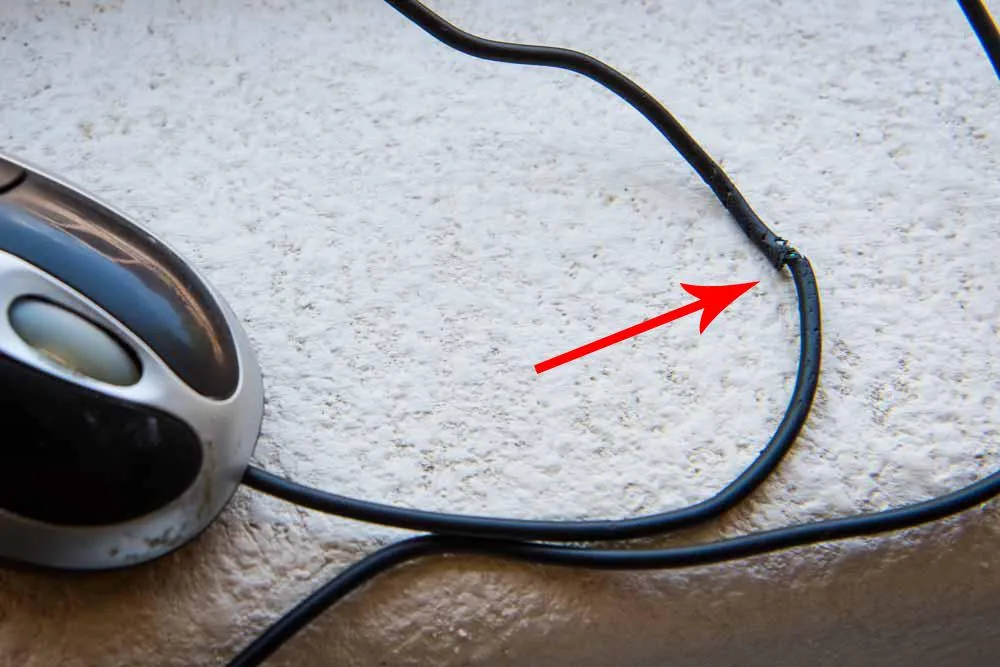
Is Fostering Right for Me?
November 26, 2020
by Diane Zahorodny
Fostering a homeless animal involves providing them with love and daily care, usually in your home (but not always), until they are ready to be adopted. Most shelters and rescues provide supplies such as food, toys, bedding, cages and vet care and you take care of feeding, cleaning, affection, exercise, socializing, medicating, transporting and a little training, if you like.
Your daily time commitment can range from 1-8 hours per day and the duration of a foster situation can range from a couple days to a couple months. There are many different options for fostering. Most require little to no experience and can be great for kids, so no matter what your lifestyle, there’s probably a good fit for you. READ: 13 Ways to Foster a Pet - Find the Right Fit for You
Why is fostering important?
Somewhere between 500K and 1M adoptable animals are euthanized (“put to sleep”) each year because shelters don’t have enough space. Fostering literally saves lives because it expands a shelter’s capacity to take in animals. Plus, many animals do not behave normally in a shelter setting, which can be very stressful. Animals given time and attention outside the shelter environment have the opportunity to show their true personality, which makes finding permanent homes much easier.
Not only is it great for the animals but fostering saves shelters a lot of money - somewhere in the neighborhood of $300-$1,400 per month! READ: Help Animal Shelters Save Up To $1400/mo - 9 Great Reasons to Foster
Is fostering right for me?
If you love animals and have some time to spare, fostering is an incredibly fun and meaningful experience. But sharing your heart and home means that when they leave, it can hurt…kind of a lot. There are often tears. You may think, “I’d want to keep them all” and you’d be right!
You can only adopt a handful but you can foster dozens
If you can bear the burden of saying goodbye, there is no end to the fun and joy you’ll experience, the lives you will save and the suffering you can end. And there is no better cure for a sad goodbye than a happy hello to another lonely heart that needs you.
If you meet a foster animal that fits perfectly in your family and decide to adopt, that’s great! Just keep in mind that if you want to continue to foster in the future, adding more animals to your household could make that more challenging.
Is fostering good for kids?

Kids make great foster caregivers; they have boundless energy and no jobs! Socializing animals to gentle, well behaved children is a huge advantage, especially for puppies and kittens. BUT, you should exhibit caution and always supervise children with animals.
It is highly recommended that the children do not interact with a new foster animal for the first few days. Once your foster has settled in and shows no signs of fear or aggression, especially in the presence of the children, one at a time you can allow your kids to toss some treats and maybe hang out in the room. Slowly increase the level of involvement and always end on a high note. Baby steps. A reputable rescue should help pair you with an animal that is appropriate for your household.
Fostering is a good way to test your child's commitment to having a pet if you are thinking about adding one to your family. It is also a way for kids to learn about loss and grief (without an actual death) when your foster goes to their new home. However, you will have to decide if your kid(s) are ready to learn that difficult but necessary life lesson. There is also the chance that a foster could actually die, especially with young puppies and kittens, so that is something to keep in mind.
How much does it cost to foster?

Most shelters provide food, toys, towels, cages, beds, puppy pens, collars, leashes, litter boxes, scoops, etc. However some groups scrape by on a shoestring budget and may ask you to help cover these costs. In either case, when you foster in your home, there are a few non-obvious expenses such as soap (hand, dish and laundry), bleach/cleaners, paper towels, garbage bags, special treats, gas for travel, water for laundry and electricity for music, lights and heating pads.
And that does not include the cost of any potential damages like this mouse cord that was chewed by a kitten.
How do I become a foster caregiver?

Most foster programs require that you
Are at least 18 years old
Sign a liability waiver*
Attend an orientation (usually)
Agree to follow their protocols
Have reliable transportation
If you are fostering in your home or business, you will need
A secure, temperature-controlled space with non-porous flooring and surfaces that can be bleached where fosters and household animals can be kept separate
Approval from your landlord (if you are renting)
A home inspection by a shelter staff member (usually)
*This means that if you or someone else is injured or gets sick because of a foster animal or if the animal damages personal property, the shelter or rescue will NOT be liable to cover the costs. Working with animals is inherently risky, even more so with animals of unknown backgrounds. This is especially true with children.
Where do I keep my foster animals?

Pictured above is one of the x-pen setups I use for foster puppies. In the upper right corner you can see two shower chairs which serve as a 'mom bridge' so she can escape her puppies any time she wants and a space to herself while still being contained. Most people won't have a setup like mine and that is OK! You don't need anything fancy. You’ll need to pick a place in your home that is comfortable and can be thoroughly cleaned. We discuss foster safety, hygiene, picking a place in your home and more here READ: How to Prepare For and Pick Up Your New Foster
What are the different ways to foster?

There are many different options for fostering regardless of your skill level or schedule. One of the keys to successful fostering is finding the right fit for you. READ: 13 Ways to Foster a Pet - Find the Right Fit for You
Re-homing lost and found pets yourself
Walking dogs and petting cats at the shelter
Field trips & group hikes
Fostering at your place of business
Sleepovers and holidays
Weaned puppies or kittens
Adult dog or cat
Medical treatment and recovery
Pregnant mom and litter READ: Beginner’s Guide to Whelping Puppies
Orphaned bottle-fed puppies or kittens
Dogs and cats with behavior problems
Hospice care or “Fospice”
Emergency and community support

